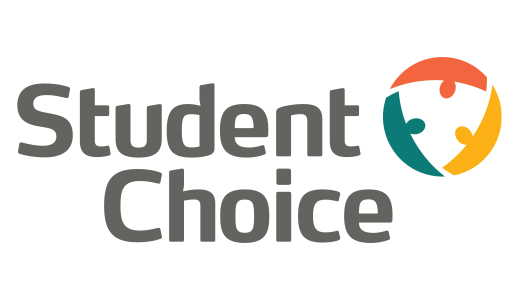Classes at most colleges and universities begin in just a few weeks. Tuition bills for fall semester are usually sent electronically in June or July, and payments are typically due in August. However, delays in this year’s FAFSA process have left a lot of unknowns, even as students prepare to move onto campus. As families review their actual bills, they may find they are still short on funds and must act quickly to secure additional financing to fill gaps.
If your credit union offers a private student lending solution, now is the time to remind members with college-age children that their cooperative is poised to help. Encourage last-minute applications with simple, cost-effective strategies such as adding digital banners to online and mobile banking; adding information to your website’s home page; and sending targeted emails to households that could benefit from affordable college financing through their trusted credit union.
And, as with every financial milestone, your credit union should provide members with solid advice and educational resources. Pursuing higher education or career training are pivotal moments in young adults’ financial lives but are also among the biggest investments they will make. Positioning your credit union as an expert builds trust and lasting relationships while creating better educated borrowers who are more likely to successfully repay their loans.
Guiding members through a complex process
While it’s a stressful time for many families, a little knowledge goes a long way to alleviate worries. Here are a few helpful tips your credit union can provide anxious parents and students.
Make sure to pay before the deadline
Each school’s payment deadline is different, but it should be clearly stated on a student’s bill and on the financial aid office’s website. Encourage members not to wait until the last minute—most schools require payment before the semester starts. If they need additional funding, they should apply for private student loans as soon as possible to expedite the process.
If a student does not pay their tuition bill on time, they could be prevented from registering for classes, selecting housing, or ultimately be dismissed from enrollment. If there are circumstances preventing members from paying on time, they should contact their financial aid office to discuss their options.
How to pay a student’s tuition bill
Bills are typically delivered electronically to the student’s school email address or student portal. Families should review the bills carefully and make sure any credits have been applied, including scholarships, grants, tuition deposits, or other funds they’re expecting to see reflected. Next, make sure any federal student aid has been applied. If a student has taken out private student loans, these funds can sometimes take longer to be disbursed to the school. Check with the loan servicer and/or financial aid office regarding questions about private student loan funds.
Many colleges have tuition payment plans that allow students to break payments up into monthly payments, by semester, or give them the option to pay the full bill for the academic year up front. Regardless of the frequency of payments, students will likely have the option to pay electronically via electronic check (ACH) or credit/debit card, or mail or hand-deliver a paper check. Like most businesses these days, electronic payments are the most common and likely preferred method.
What if members need more money to pay for college?
Paying for college can certainly cause sticker shock, and the last-minute nature of this year’s financial aid cycle may make paying for college even more challenging. If a member isn’t sure how to cover the balance of their bill after using other means of financial aid and savings, they might want to consider a private student loan to fund the balance. Borrowing from a credit union often comes with lower interest rates and other advantages.
CU Student Choice’s private education line of credit features zero origination fees and affordable rates set by each credit union partner. It also allows students and families to establish their line at any time—even if they’re unsure of their final amount needed—and then return later to complete the process.
Contact us to learn more about how CU Student Choice can make it simple to offer customized student lending solutions that benefit your current and future members.








